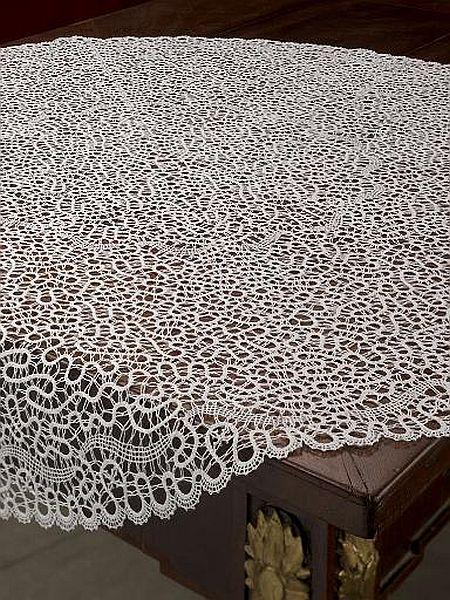
The town of Idrija in western Slovenia is known for two things: Intricate locally made lace and a mercury mine – the world’s second largest -- that defined the town for centuries. While they both now serve as major tourist attractions, they also have common origins.
In the years following 1492, when mercury was discovered in the area, Idrija emerged as an important mining center. Both miners and mining engineers from around Europe were brought in to the remote Slovenian town. Many came with their wives. It is thought that these women, particularly those from present-day Germany and the Czech Republic, brought an important tradition with them: the skill of lacemaking.
The first written mentions of lacemaking in the town date back to the 17th century. By that time, Idrija was becoming famous for the craft practiced by its women. The tradition finally led to the creation of a lacemaking school in 1876. For the first time, lacemaking wasn’t just passed down from generation to generation, but became formally taught in school.
The first head of the school, an Idrija native named Ivanka Ferjančič, introduced a new lacemaking technique that used seven pairs of bobbins – a technique that became typical of Idrija lacemaking. However, it wasn’t just the specific technique that set Idrija apart: the intricate design patterns of Idrija lace were also unique, and the handmade products became prized far and wide for their beauty and quality. They were exported around the world and attained an international renown, much like the mercury that first made Idrija famous.
In the Yugoslav era, a team of twenty local lace makers spent 5000 hours making a three-meter lace tablecloth for President Tito’s wife, Jovanka Broz. It was the largest piece of lacework ever made in Idrija. She never received the gift, and it can now be viewed in the town’s museum.
Today, Idrija’s school is still active and helps to keep an important local tradition alive by passing lacemaking skills on to the younger generations. Successful young lace makers such as Tina Koder are coming up with exciting new designs based on reinterpretations of traditional Idrija lace. The importance of Idrija lace not just to the town of Idrija but to Slovenia as a whole was demonstrated when the Slovenian government decided to grant the lace official “geographic designation,” ensuring that only lace made in the town using traditional methods can ever be sold as authentic Idrija lace.

































































